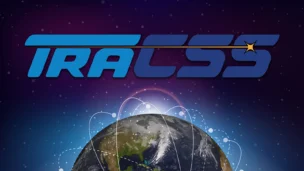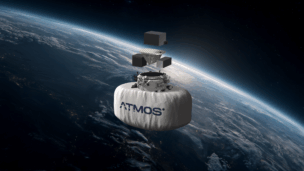The White House wants the long-awaited Traffic Coordination System for Space (TraCSS) to be handed over to a non-profit or private company, backtracking on a mandate in the first Trump administration to move it into the Office of Space Commerce.
Reshuffle: Since 2018, NOAA’s OSC has been working to take over the civil SSA mission from the US military, which shares a satellite catalog with the public. Now, with TraCSS less than twelve months from coming online, OMB instructed the Department of Commerce to push the system out of government and into the private sector, according to internal budget documents shared with Politico.
TraCSS is in beta testing and being updated six times a day.
Cost of doing business: TraCSS makes up the bulk of OSC’s budget with a $60M annual price tag. However, the program is already largely a commercial product, with the work being done by a group of companies assembled for the purpose. Any effort to replicate its efforts will require someone to foot the bill.
The satellite industry is unlikely to do so absent new regulations requiring them to maintain better awareness of their spacecraft, industry experts say. Meanwhile, the DoD will be stuck with a job it wants to get off its plate—until there is someone else to maintain the satellite catalog.
Empty seats: Ironically, TraCSS was a signature issue for the first Trump administration, springing directly from Space Policy Directive-3. SSA stakeholders told Payload that in the current administration, which lacks a National Space Council, there is no one who understands the need for a system like TraCSS.
Red SSA Rising: “You think BYD was a surprise?” one plugged-in source asked Payload, referring to the Chinese EV maker currently eating Tesla’s lunch. “Fast forward five years, China will own satcom in Latin America and Africa.”
While sophisticated US companies like SpaceX can operate their constellations without TraCSS, they can’t coordinate directly with China. As Beijing approves two massive satellite networks in the same orbits as SpaceX Starlink and Amazon Kuiper, the US may face the need for negotiations without technical superiority.
“We have a massive coordination problem coming,” the insider asks. “And who’s going to pay for that?”
What about the Project? NOAA weather services are being cut in line with recommendations made by Project 2025, a Heritage Foundation-backed policy agenda for the Trump administration. However, the white paper also said OSC should be elevated to “establish a whole-of-government policy for licensing and oversight of commercial space operations.” That, apparently, isn’t in the cards.
This story has been updated to clarify a statement by a source.




